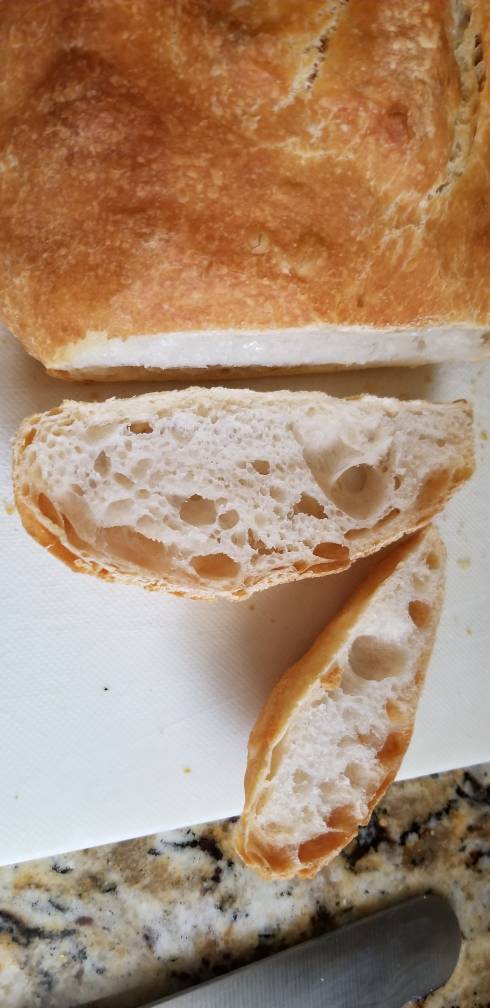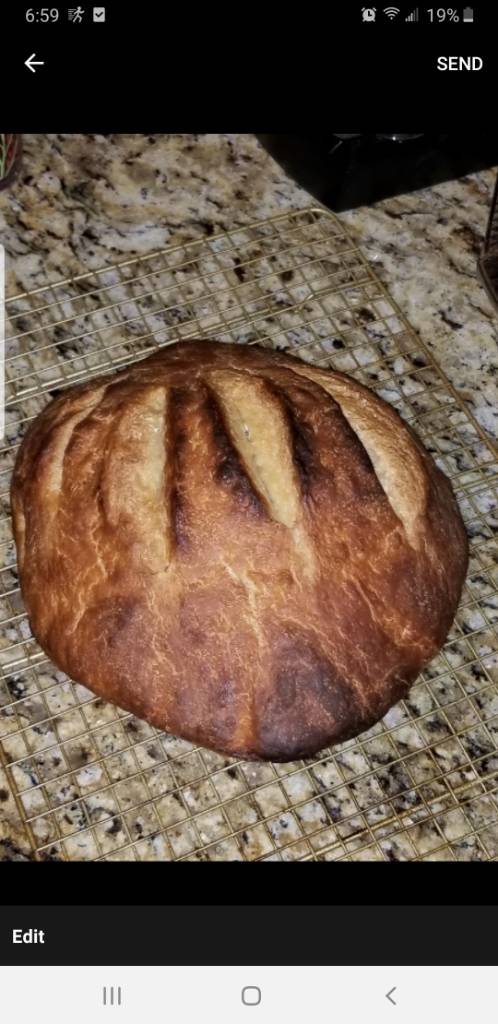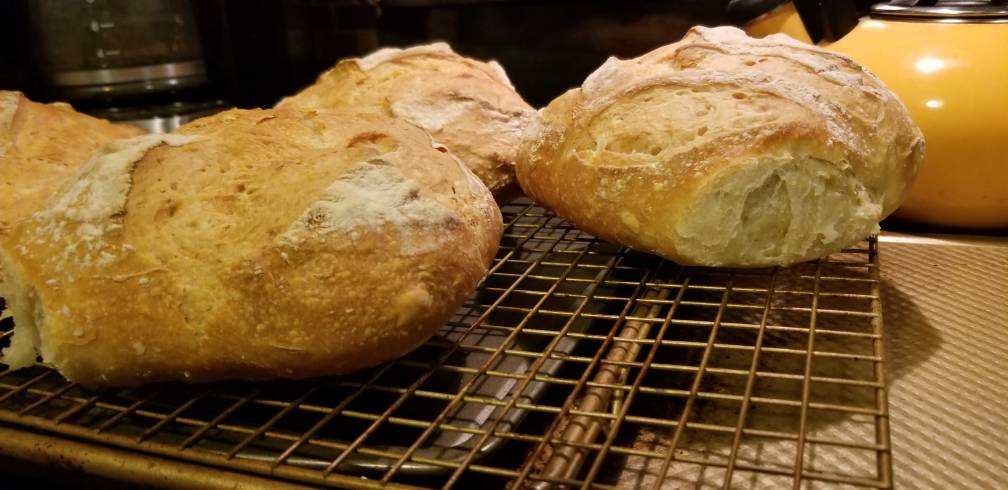If you want to upgrade from that cute, artisanal looking, but actually very difficult to use properly and not at all versatile or well thought out lame, these professional ones are excellent, also quite cheap on Amazon:
https://www.amazon.com/dp/B00G9FEUR4?ref=ppx_pop_mob_ap_share
https://www.amazon.com/dp/B00GT8DWES?ref=ppx_pop_mob_ap_share
They have very well designed, ergonomic handles that ensure the proper angle of the blade (35° for the curved, 90° for the straight

you'll naturally and comfortably hold it correctly. You want the curved blade for scoring baguettes, and the straight blade for all round, oval, and oblong loaves. If you have to have just one, make it the straight blade. With practice, it can also be effectively used for scoring baguettes.
You'll do yourself a huge favor by learning proper techniques with the proper tools from the start.





















![Craft A Brew - Safale BE-256 Yeast - Fermentis - Belgian Ale Dry Yeast - For Belgian & Strong Ales - Ingredients for Home Brewing - Beer Making Supplies - [3 Pack]](https://m.media-amazon.com/images/I/51bcKEwQmWL._SL500_.jpg)










































